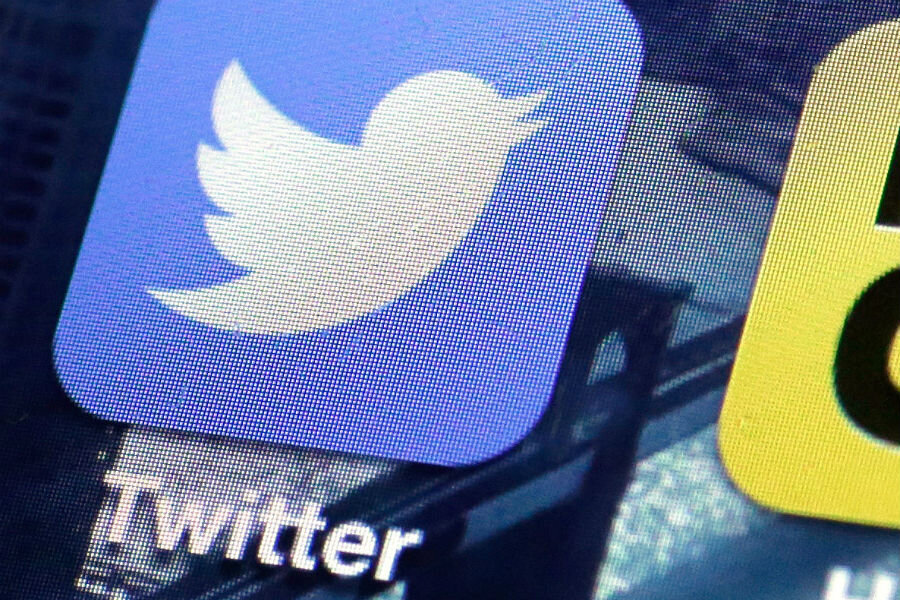Why is Twitter laying off 1 in 12 employees?
Subject line: "A more focused Twitter."
In an all-staff email, Twitter co-founder Jack Dorsey – who became the company’s chief executive just 8 days ago – announced plans to cut "up to 336" jobs, or about 1 out of every 12 Twitter employees worldwide.
His "more focused" company, Mr. Dorsey wrote in the email, will zero in "on the experiences which will have the greatest impact" because "the world needs a strong Twitter."
That last sentiment may be more than self-aggrandizing corporate-speak. Bill Gates and Mark Zuckerberg addressed the United Nations just two weeks ago about their plans to bring Internet access to the world by 2020.
"When people have access to the tools and knowledge of the internet, they have access to opportunities that make life better for all of us," said a UN declaration signed by Mr. Zuckerberg and Bill and Melinda Gates.
Twitter, often cited as the catalyst for the Arab Spring, stands to take a major role in the globalization of the world wide web.
But first, Dorsey has to make Twitter profitable, noted Sharon Gaudin in Computer World, citing hiring practices that have outpaced growth. Cutting its workforce and shoring up costs – including halting expansions of Twitter's San Francisco office – may finally make the social platform profitable.
On its site, Twitter brags that 50 percent of its employees are engineers, but Dorsey’s email suggested shifting priorities. He said the layoffs will target engineering and product development, resulting in a "smaller and nimbler team," though he emphasized that engineering will remain the largest department.
Since launching in 2006, Twitter has seen a steady rise in users, with the largest uptick between 2010 and 2012, though its numbers are inflated by people who set up a Twitter handle but never tweet.
Dorsey appears to be trying to make Twitter's reams of content more accessible, a major potential improvement for a text-heavy app that some users find off-putting, Bloomberg reports.
Twitter needs a new "roadmap" to streamline its different channels, said Dorsey, including Vine, an app for creating and sharing short videos that Twitter acquired in 2012, and Periscope, a live-streaming app that came under the Twitter umbrella in 2015.
"This isn’t easy. But it is right," Dorsey wrote. "This is another step to get there."






